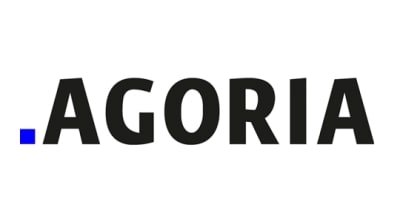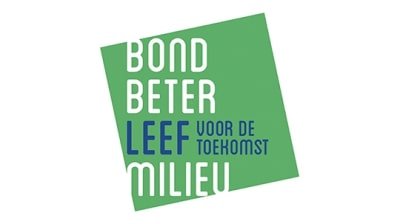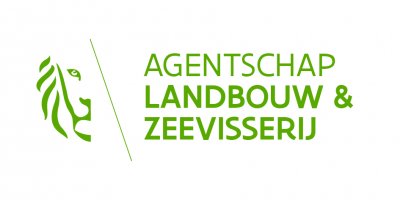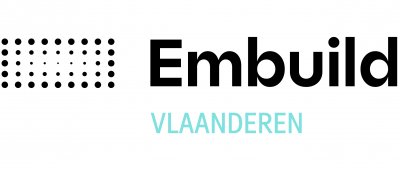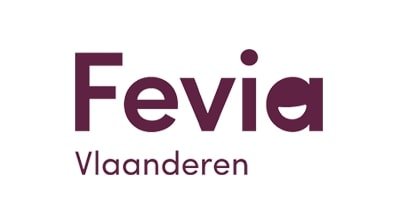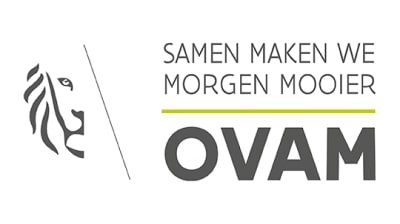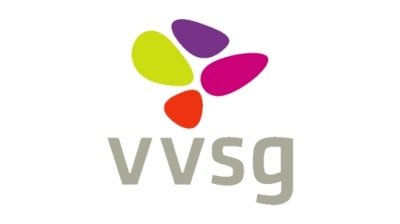Topics
We organise our actions in six thematic & strategic agendas:
Strategic Agendas:
Bio-economy
Circular Construction
Chemicals/Plastics
Manufacturing Industry
Food Chain
Water Cycles
Seven leverages provide additional support:
Leverage effects:
Lever Policy Instruments
Lever Circular Procurement
Lever Communication
Lever Innovation & Entrepreneurship
Lever Financing
Lever Jobs & Skills
Lever Research
What, why and how?
Why are we pursuing a circular economy?
Future visions 2050
How do we see our circular future?
About our management
Who steers what at Flanders Circular?
Circular Prototyping
A biomakerspace for young designers
Within circular economy, both biological and technological material flows play an important role. In design and engineering courses, however, the focus is mainly on technical materials.
With this project, the design.nexus research group of UGent Campus Kortrijk, in collaboration with Glimps and switchrs, wants to change this. We are looking for how to implement biodesign and a circular mindset in the curriculum of design students. In this way, we want to develop a new learning framework in which the next generation of industrial designers is trained in the circular economy and introduced to biomaterials.
We start from the epicentre of design education: the studio. In the design atelier of the future, local organic waste streams are brought together and transformed into new biomaterials and prototypes that are compostable at the end of their life or can serve as raw materials. To give this workshop of the future a place, we expanded the workshop at Campus Kortrijk with a new biomakerspace.
In the biomakerspace, students get access to all the tools and manuals they need to develop and work with new materials themselves. At the same time, through this atelier, we are developing a new framework in which the next generation of industrial designers will be trained with bio-based materials and circular economy in mind.
The aim is not so much to facilitate pioneering material innovations, but rather to take research out of the (still often closed) labs and into the hands of designers.
Universiteit Gent
Partners Glimps, switchrs
Sectors
Themes
Organisations
MOST IMPORTANT
RESULTS
- We set up a biomakerspace at the UGent Campus Kortrijk, purchased devices and materials to set up the place, wrote manuals and trained teachers and students.
- To inspire students to prototype with circular biomaterials, we created a circular bio-based materials library with both homemade materials and bio-based materials already on the market.
- We reformed the curriculum of the industrial design course (UGent), with more focus on sustainability in the broader sense (economy, people, planet, systems thinking, circular economy ...).
- We put a lot of effort into the dissemination of our project results. For instance, we wrote and published two papers, organised workshops for design teachers in Flanders and for citizens ...
MOST IMPORTANT
LESSONS LEARNED
- A biomakerspace in a design school overcomes a major technical barrier. For the first time, these students can make their own materials instead of just buying them. Familiarising design students with biology and life sciences is also a vanquished psychological barrier.
- There is still a gap between prototyping in the biomakerspace and finding a relevant application for existing spin-offs. We have already taken a step forward by having students in the subject 'cybernetics and systems-based design' work with side streams from stakeholders involved in the project.
- Having to respond flexibly to unexpected situations, such as the corona pandemic, also yielded great results. For instance, we suddenly had to switch to online education and set up a full online open source course on bio-design and systems thinking.
- Communicating the spread between the strategic and product-technical levels in a nuanced way to students remains an exciting exercise. Depending on the design brief and deadlines, they have to balance the holistic view against pragmatic choices.
WHAT DOES
THE FUTURE HOLD?
The biomakerspace and curriculum changes are permanent and will continue to evolve in the coming years. The strong interest from other schools during the dissemination moments shows that our work is being picked up and will continue to evolve beyond our university.
Graduating students have learned new skills, specifically focused on bio circular competences, thanks to the project, which they will take with them to their new working environment. Those skills will manifest themselves in various business contexts in the coming years.
Meanwhile, a PhD student is continuing to work on the topic, in his PhD he will explore how to accelerate the use of bio-based materials by designers. A new PhD is also in the pipeline to bring sustainability, open-ended design and bio-based materials within the industry. And there are several new research projects at design.nexus around using bio-based waste streams as raw materials for new products, for example in construction.
Within the students' courses, there is project-based work, do you as a company have an interesting material or fun idea as a challenge? Then feel free to let us know and we'll see how we can work together.
Video explaining more about this project:
https://www.youtube.com/watch?v=Eflm2J4o8yk&t=1s

